As we saw with Saul in our last article, abusers might employ a barrage of emotional abuse tactics that can make it very difficult to know how to spot a non-apology. Those tactics can make conversations about harm and responsibility very confusing.
To cut through that confusion, you might find it helpful to keep a hold on a very simple scaffold:
- Someone has caused harm
- Will they take responsibility?
- Will they do it again?
That simplicity is what we are aiming for here.
There are many guides on the web that go into detail about specific words, phrases, and tactics a non-apologiser might use. Our articles on Saul cover some examples in the Bible, but you might be interested to check out this guide to 12 common non-apology types by Dr Dan Neuharth on PsychCentral. For something more light-hearted and tongue-in-cheek, you might like this anonymous guide to writing a non-apology letter.
But when faced with a barrage of words that might even sound like an apology, and might put your head and feelings into a spin, it can be very helpful to hang on to some basics.
So, while this article will cover a few different points, I’m going to keep coming back to the basics of taking responsibility for harm done.
How to spot a non-apology in the Bible
As with the general topics of abuse and domestic and family violence, “non-apology” is modern terminology. You won’t find it used in the Bible. So if you are interested in checking out some Biblical examples, the best way is to go looking for stories and specific behaviour. Our series on Saul might be useful:
These articles have all been written to provide some background on the issue of non-apologies. But you might also like to look up the blame-shifting in Adam and Eve’s story.1 Cain deflected God’s question and pleaded to avoid consequences,2 and Delilah manipulated and turned the tables on Samson.3
Personally, I find Saul’s examples so useful because he uses so many tactics in such a short space of time, just like many modern abusers would do.
But let’s get back to the basics. When is an apology even necessary?
The context: someone caused harm
Let’s keep this in mind at all times.
There are so many tactics an abuser or other non-apologiser can use to confuse or take the focus off historical facts. They might use gaslighting, blame-shifting, deflection, or so many other methods to achieve this end. But the one reason we are in dialogue with them is because of the harm they have done.4 This is the situation at hand:
A person’s behaviour has caused harm to another person.5
The goal here is to address the offending person’s behaviour and the harm they did, and a successful apology will do that. One way of spotting non-apologies is to test the outcome against this single goal. Has the offender taken responsibility for the harm they did?
As with so many abusive behaviours, a wonderful way of cutting through confusion can be to compare this person’s behaviour with what a typical, good-hearted person would do. So in this case, how would a truly apologetic person behave?
What is a normal, healthy response to causing harm?
Well, if you are a person of integrity, what would you do? What are some natural responses to the realisation you have caused harm? Reflecting on that can help you know how to spot a non-apology.
1. You feel regret, remorse, guilt, and/or shame
You might feel any or even all of these, and, of course, the strength of those feelings will tend to align with the seriousness of the harm done. But these feelings are natural if you are already internally accepting: “my behaviour caused this harm”.
2. You want to know what you’ve done and what harm you have caused
Even if that knowledge is painful. And it might be. In some situations, a person might even need support in coming to terms with the harm they have done. But generally speaking, you will want to know what you’ve done, because you care.
3. You want to repair the harm, if possible
It’s not always possible. I remember working with a young person who had gone on a rampage in a car park, damaging many cars. There was no way they could repair the harm done. After taking part in a justice conference between the victims and the perpetrator, the victims were happy for the young person to do some community service as a demonstration of remorse. They carried the rest of the cost themselves.
Sometimes the harm done is complex, especially where the harm is to the victim’s internal world. Or it may be irreparable for other reasons.
But, a sincere person will want to repair the harm they have done if they can, rather than push the cost of their behaviour onto the victim.
4. You willingly accept just and natural consequences, even if that’s painful
Those consequences might include, for example, the ending of a relationship, or your removal from a position of trust. A good-hearted person is committed to the well-being of those around them.
5. You commit to change or take other action to prevent causing further harm.
As a person who cares, of course you won’t want to keep causing harm! And if you are sincere, people around you might be very willing to be patient. Progress will be important.
So with these things in mind, let’s look at the last two non-apology basics.
How to spot a non-apology, made simple
Let’s remind ourselves again of the context:
A person’s behaviour has caused harm to another person.
In a non-apology, the perpetrator:
Avoids responsibility for their behaviour and the harm they have caused.
In a non-apology, the perpetrator: 1. Avoids responsibility for their behaviour and the harm they have caused. 2. Seeks to avoid just and natural consequences. Share on XSeeks to avoid just and natural consequences.
Common non-apology tactics
There are some common tactics that are worth noting. A non-apologiser might:
- Use the word “sorry”, or similar,
- “Apologise” for the wrong thing,
- Shift blame, (look out for “I’m sorry you…”, or “I’m sorry he/she/they…”).
They might also:
- Use *many* different emotional abuse tactics, such as gaslighting, denying, dismissing, turning the tables, or accusing,
- Deny harm, perhaps using words like, “You’re just being too sensitive,”
- Use spiritual abuse tactics such as
- Using scriptural and social pressure to forgive,
- Accusing you of sin, such as bitterness or refusal to forgive,
- Shifting the focus to procedural issues (eg telling the victim they are sinning by not voicing their complaint in a scriptural way).
All these tactics help abusers deny history, avoid responsibility for the harm they’ve caused, and avoid consequences to themselves.
Keep the basics of how to spot a non-apology in mind
In what might be very confusing and difficult conversations, it can be so useful to keep coming back to the basics. Are they taking:
1. Responsibility for the past
Have they acknowledged their specific behaviour and the harm they’ve done? (The victim should be the expert here.)
2. Responsibility for the present
Are they committed to repairing harm, if possible?
3. Responsibility for the future
Are they committed to not repeating the harm and their behaviour that caused it?
It can be very difficult to know how to spot a non-apology when faced with a practised, abusive person who uses many different tactics, or even just a few tactics with great confidence. But at the end of the day, the big question is, “Have they taken responsibility for the harm they have done?”
Please feel free to leave helpful questions, stories, examples, and links in the comments below.
Steve Wade
Spotting a non-apology can be very difficult when faced with a practised, abusive person. But at the end of the day, the big question is, 'Have they taken responsibility for the harm they have done?' Share on XBefore you go…
Abuse can be paralyzing and confusing. But we can help people spot abusive behaviour and do something about it.
For that – we need your help!
Please will you help us in the fight against abuse by donating now?
Footnotes
- Genesis 3:8-13
- Genesis 4:9-14
- Judges 16:4-22
- This is leaving aside situations where working out harm and responsibility is ethically complex.
- The harm might be done by a group of people, such as the leadership/management of an organisation, and the harm done could be to a group of people, or to some other target such as animals or the environment.
But let’s stick to a simpler example, knowing that the same thinking applies more broadly.
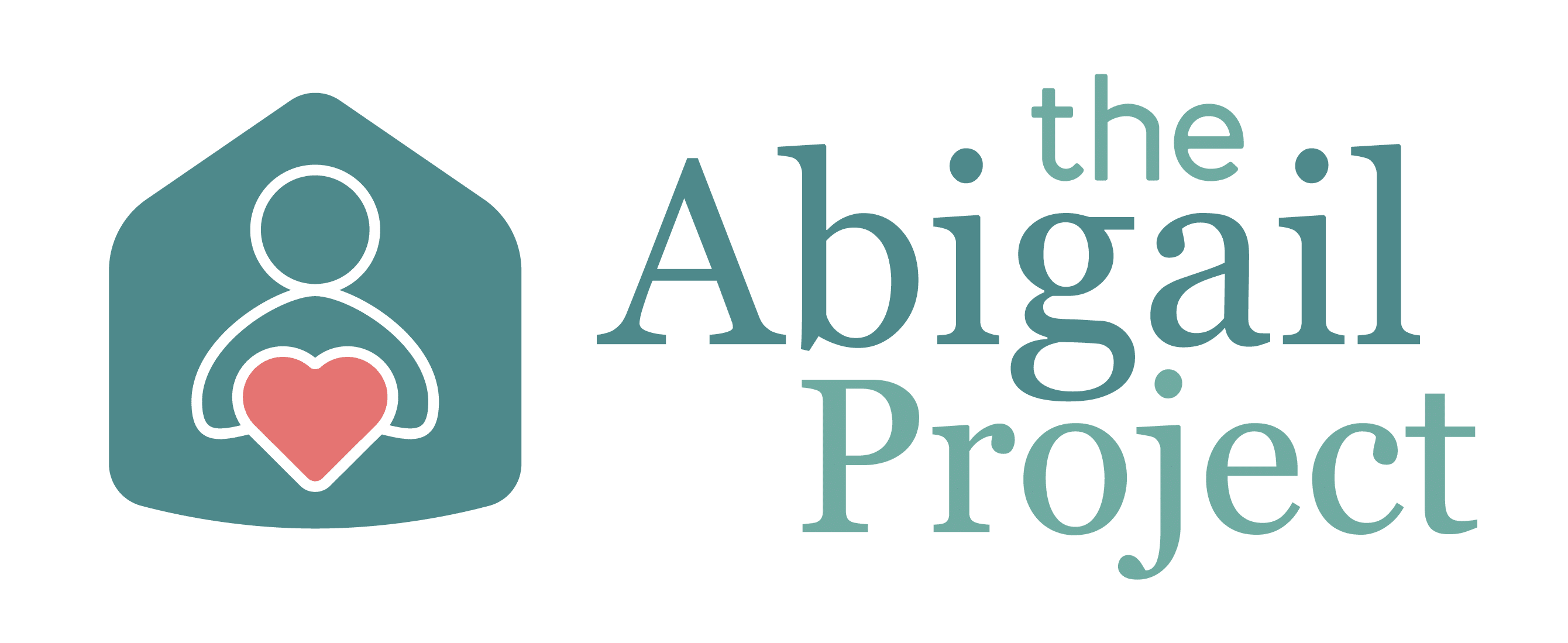
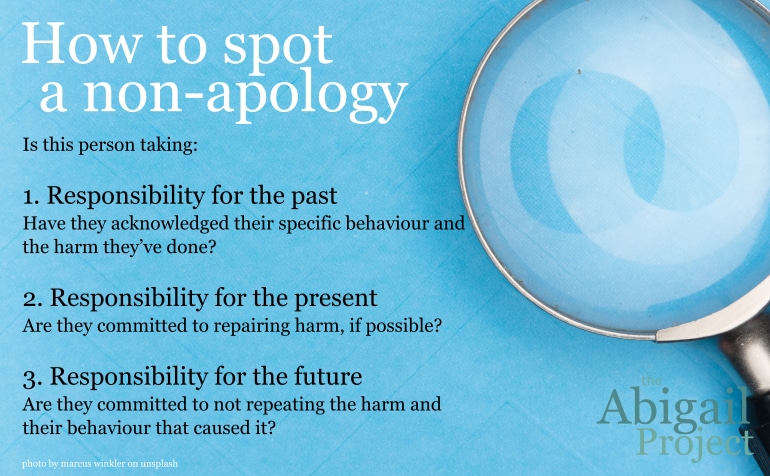
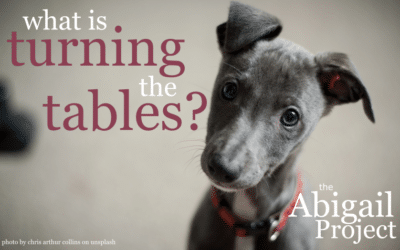
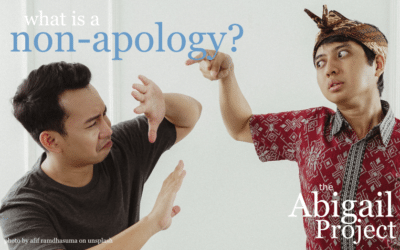
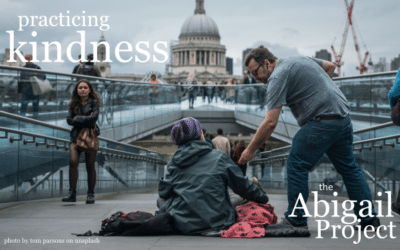
I really appreciate the insight given by identifying a false apology: ‘I am sorry you feel upset. I didn’t mean to hurt you. If I have done anything wrong I am sorry.’
It made me feel bad I was so ‘unforgiving’ until I realised he was saying, in effect, ‘I haven’t done anything I think is wrong. My intentions make my action acceptable. It is your fault you are upset.’
Not so! So thanks.
Thank you Connie, and my apologies, I only just saw your comment here.
What you are saying is so true. An “apology” can sound so convincing and yet leave us feeling like we are being ungracious, unforgiving, too sensitive etc.
I’m so glad you found this helpful. I find it so useful to get down to the very basics about accepting responsibility for what they’ve done, and whether it looks like we can trust them not to repeat it.
All the best 🙂